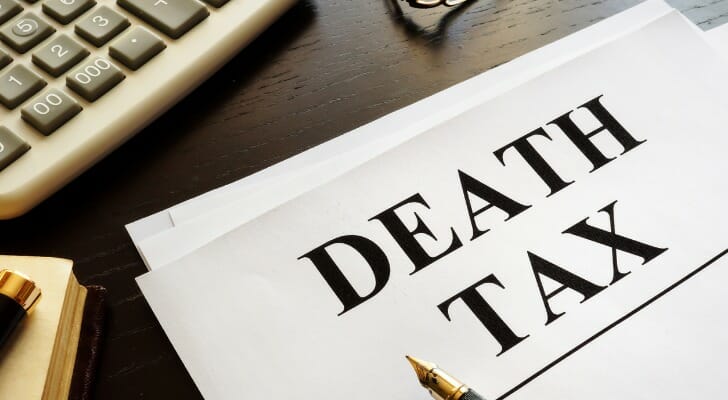The Death Duty Threshold is one of the most important aspects of life when it comes to estate planning. This is the amount of money that must be spent before your estate can be taken into a tax-advantaged account. If you're not sure what this amount is, or if you're just curious about it, read on for all the details!
The death duty threshold is the amount of property an individual must own in order to be subject to death duty. The threshold is also known as the transfer of property limit. Property that falls within the death duty threshold includes land, buildings, vessels, and any other tangible personal property. You can also know more about the death duty threshold via https://inheritance-tax.co.uk/area/inheritance-tax/.

Image Source: Google
It does not include stocks or bonds, intangible personal property such as copyrights or trademarks, or interests in businesses. When it comes to estate planning, it's important to know what the death duty threshold is. This is the legal limit on the amount of inheritance that must be paid in order for the deceased's estate to be subject to inheritance tax.
If you are the owner of a property that has been used as a residence for someone who died as a direct result of their occupation, you may be subject to death duty. There is no set amount that you are entitled to, but the tax liability can be quite high. You will need to consult with a qualified tax advisor to determine your exact rights and obligations. If you are assessed death duty, you will generally receive an assessment notice in the mail shortly after the date of your decedent's death.
